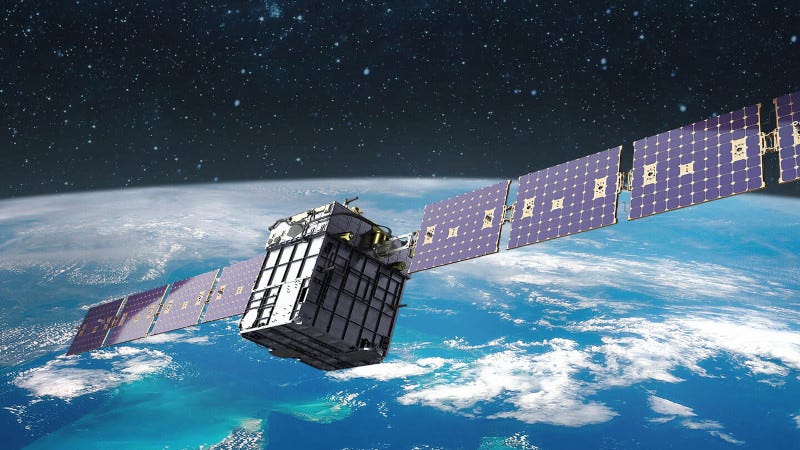Satellite Bus Platforms for SDA Tranche-1 Delivered by Terran Orbital
Will Help Form a Resilient, Low-Latency Communications Network in LEO
All 42 satellite bus platforms ordered for the Space Development Agency’s (SDA) Proliferated Warfighter Space Architecture Tranche 1 program have been delivered by Terran Orbital. These spacecraft are intended to help form a resilient, low-latency communications network in low Earth orbit, designed to deliver secure data connectivity to warfighters anywhere on Earth.
“Completing delivery of all satellite buses for the SDA’s Tranche 1 Transport Layer marks a major achievement for Terran Orbital.”
Peter Krauss, Terran Orbital
The inaugural launch of the Tranche 1 Transport and Tracking satellite constellations began Sept. 10 with the first 21 data transport satellites. Nine additional launches are expected to occur at a pace of approximately one per month, continuing until the entire constellation is fully deployed and operational in orbit in 2026.
“Completing delivery of all satellite buses for the SDA’s Tranche 1 Transport Layer marks a major achievement for Terran Orbital and a key milestone in our work with Lockheed Martin,” said Peter Krauss, president and Chief Executive Officer of Terran Orbital.
“Our team’s relentless dedication and technical excellence have been on full display throughout this program. With Lockheed Martin and the Space Development Agency, we are helping to develop a secure and resilient space communications architecture that will enhance national security and strengthen allied operations around the world.”
The T1 constellation will consist of 154 operational space vehicles (SVs), including 126 Transport Layer SVs and 28 Tracking Layer SVs, plus four missile defense demonstration SVs, equipped with optical communications terminals and Ka-band radio frequency receive/transmit capability.
Two state-of-the-art SDA Space Operations Centers will operate the T1 constellation from Grand Forks Air Force Base, North Dakota and Redstone Arsenal, Alabama while a global network of ground entry points provide support.



